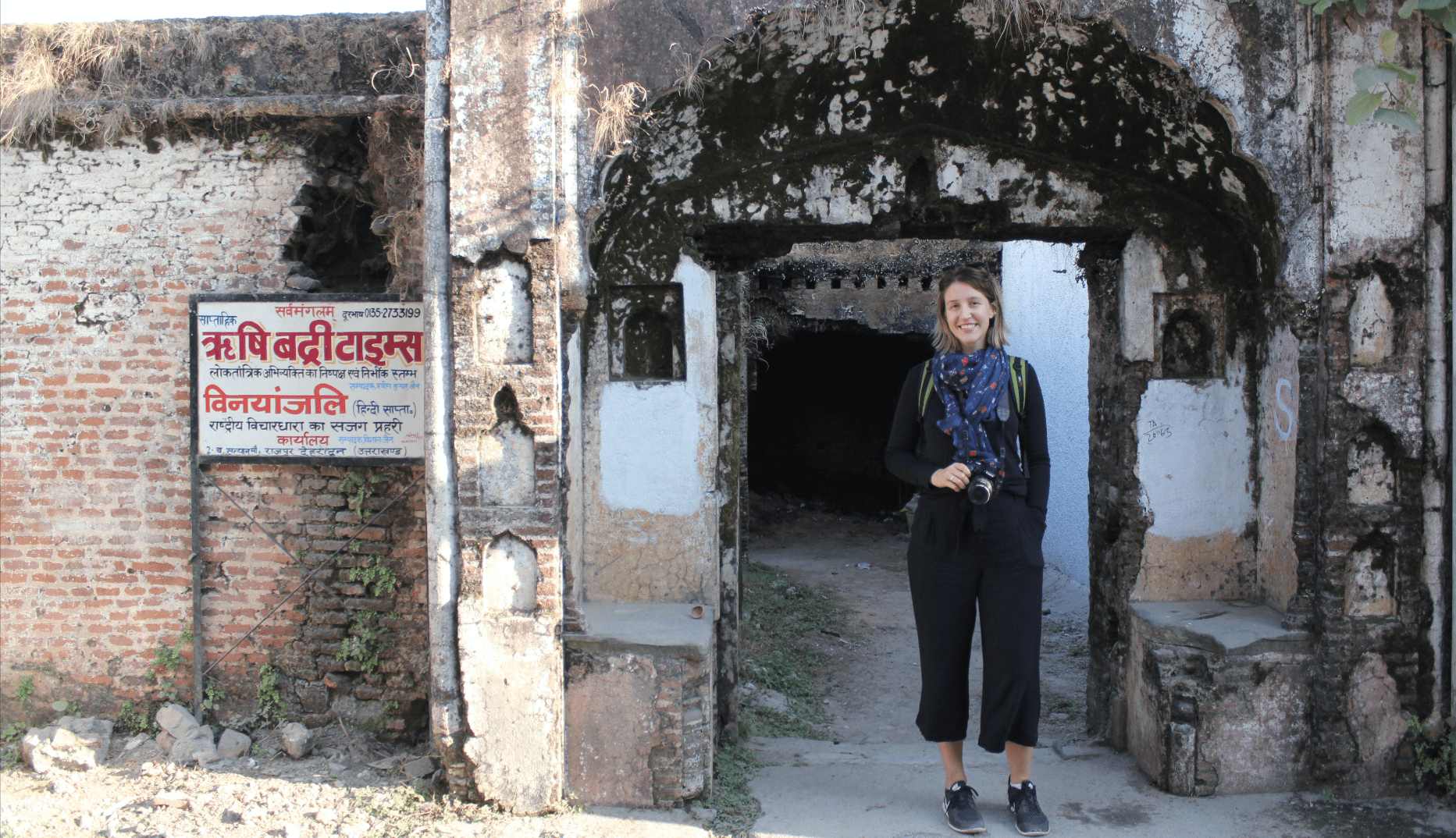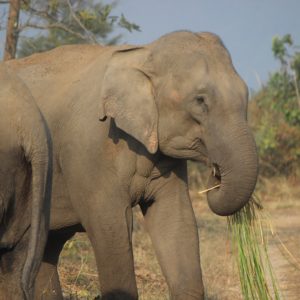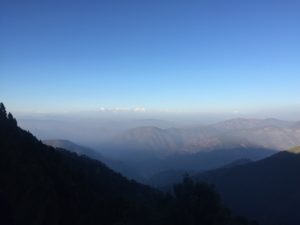
From New Columbo to India, a journey in sustainable tourism
Do you want to travel but don’t have the funds? The New Colombo Plan is an initiative of the Australian Government, which aims to increase the knowledge of Australian undergraduates to study and undertake internships in the Indo-Pacific. The program helps around 10,000 undergraduates experience the Indo-Pacific every year, whether they are living, studying or completing work experience in one of the 40 host countries.

I first began my degree in Public Relations and Communication at Griffith University in 2015, and I had not heard of the New Colombo Plan until 2017. Luckily enough for me, there was a guest in one of my lectures, who spoke about a course she was running. It was a three-week intensive course, that was centred around eco-tourism in India, and twelve students were going to be selected to take part. It sparked my interest straight away, and when I found out I would receive a $3,000 grant to complete the program, along with 10 credit points, I hit the ground running and sent off my application! Two weeks later I had an interview with the course convenor and shortly after found out I had been successful. I couldn’t quite believe that I would be heading to Uttarakhand in Northern India, a place I had never heard of, let alone thought about visiting. To this day, I cannot believe my luck, and I think I’ll always be in awe and shock of what I got to experience throughout our amazing three-week tri
We landed in Delhi and first up had a ten hour bus ride to the Wildlife Institute of India, where we were greeted by some extremely influential and inspiring academics. We spent five days completing course work in Dehradun at the Wildlife Institute, before hitting the road and exploring Uttarakhand. Some of the highlights of our trip were the Jim Corbett National Park, where we saw tigers in the wild. Visiting Rishikesh, which is known as the birthplace of Yoga, and is situated in the Himalayan foothills beside the Ganges River. We also visited the Beatles Ashram whilst in Rishikesh, which was a surprise that we all loved. On my individual placement, we went up in the mountains to Pangot, and stayed in a popular birding lodge. We could see the Himalayas on the drive to our accommodation, which was absolutely breathtaking.

Friends and peers I have spoken to about the trip in the past year have been amazed that it cost me next to nothing. I had always wanted to move abroad for a semester, and experience life in another country, but always thought I simply couldn’t afford to. We faced challenges everyday in India, whether it was a lack of hot water, the language barrier testing our skills, or simply eating a green chilli you thought was a green bean (I actually did this, and my world was turned upside down for 10 minutes!) The three weeks in India honestly changed my entire worldview and gave me so much more confidence in my ability to deal with change, stress, bewilderment, as well as different cultures. I thoroughly enjoyed the hands-on learning experience, intensively learning course content across a five day period, entering the field and being able to recognise and apply what we had learned was especially eye-opening. Individually and as a group, we made real world connections every day, especially when we completed our placement within an ecotourism organisation.
Griffith always has multiple programs available for students to complete study overseas, as well as connections with global volunteer organisations. Griffith Global Mobility can also help you get there, with an extensive range of grants, loans and budgeting tools available. If you’ve thought about taking your study overseas, I highly recommend doing whatever you can! As a starting point, it’s worth checking out the Go Global programs on offer including exchanges and short term programs, as well as the funding opportunities available!
By Katelyn Armstrong







Sam
Wow! that’s a great opportunity.
Michaela
What a fantastic opportunity. Well done!